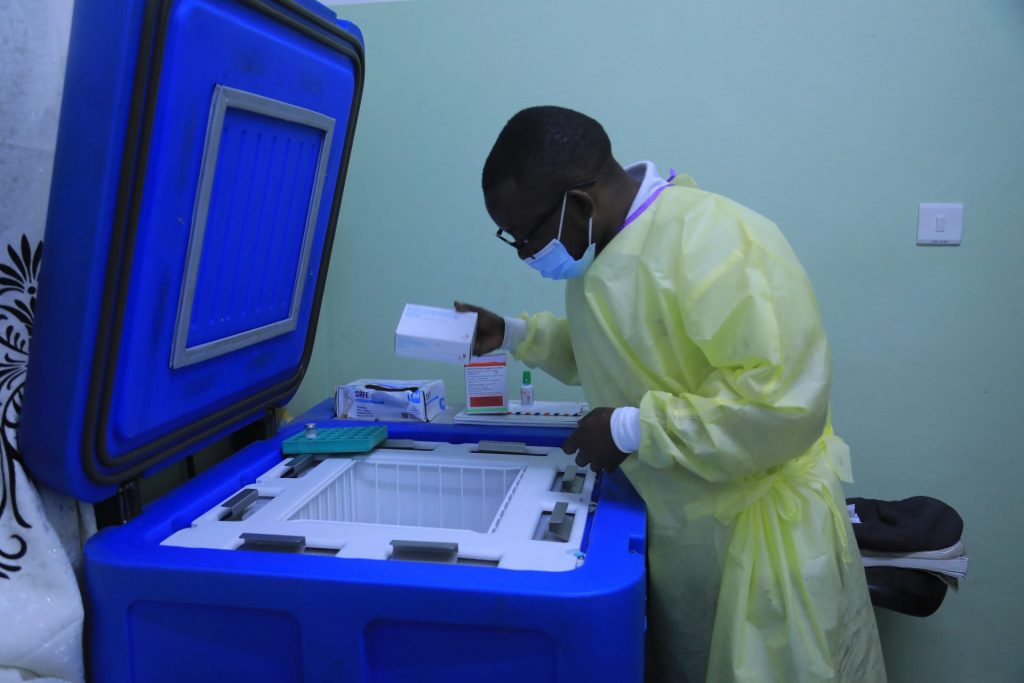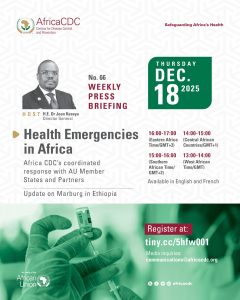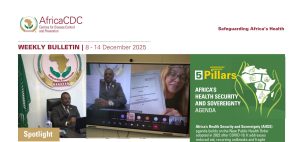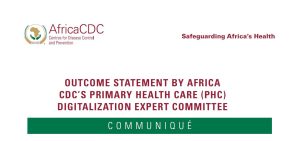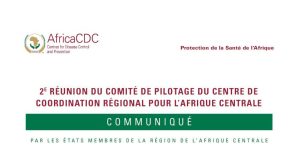A panel of public health experts will convene in May 2025 to evaluate whether mpox should continue to be classified as a public health emergency of continental concern. Their decision is likely to be complex, given the mixed epidemiological trends, with signs of both rising and falling infections across affected countries in Africa.
Africa CDC Director General Dr Jean Kaseya has called for the review, which will be led by the institution’s Emergency Consultative Group (ECG) under the chairmanship of renowned epidemiologist Professor Salim Abdool Karim. The panel is scheduled to meet on 17 May 2025.
“Our experts will analyse all data and evidence we provide to them, and they will tell us if we still need to continue with the public health emergency of continental security and what more we need to do,” said Dr Kaseya in an address to the media.
This will be the second formal review by the ECG since mpox was declared a public health emergency of continental concern on 13 August 2024 – the first such designation since Africa CDC was founded in 2017. The outcome of this review will not only guide strategic and operational responses but could also influence funding and partner mobilisation.
When the ECG last met on 26 February 2025, the outbreak had expanded from 12 to 23 countries. At the time, seven countries were in the control phase, with 16 in the active phase – three of which (Burundi, Rwanda and the Central African Republic) showed signs of decline.
Between 1 January 2024 and 28 February 2025, more than 100,886 suspected cases were recorded, with 22,728 confirmed and 69 associated deaths. While there was a 2.6% drop in suspected cases in early 2025, confirmed cases have surged in Uganda, Nigeria and the Republic of Congo. On the other hand, some countries – including Burundi, CAR, Kenya, Liberia and Rwanda – saw improvements.
Beyond Africa, mpox has continued to spread. China confirmed a Clade 1a case on 4 April 2025. Four days later, Switzerland reported a case of Clade 1b. Of notable concern, more than 90 percent of mpox cases reported outside Africa between February 2024 and February 2025 were men.
Central Africa remains the epicentre of the outbreak, particularly the DRC. Armed conflict in the east of the country has undermined response efforts – displacing over 500 patients from treatment centres and heightening cross-border transmission risks. Testing coverage in the DRC has fallen to about 50 percent, with delayed fund disbursements further stalling response efforts.
Further complicating matters is the emergence of a new and potentially more transmissible variant – Clade 1A – detected in the DRC in early 2025. This adds to the growing diversity of mpox subvariants across Clades I and II.
However, on a more positive note, vaccine uptake has improved among high-risk groups, including children. Ten countries have received vaccines, with seven already implementing vaccination campaigns.
The upcoming review comes as Africa CDC, in collaboration with WHO and other partners, has launched an updated six-month response plan covering March to August 2025. It seeks to stop human-to-human transmission in outbreak zones and reduce mpox incidence in endemic areas by 50 percent.
The plan prioritises the decentralisation of diagnostic capacities, the integration of community-level interventions – such as active case finding, contact tracing and risk communication – and the development of a unified database linking surveillance, lab testing, case management and vaccination.
A major milestone in the mpox response to date has been the operationalisation of the Joint Continental Incident Management Support Team (IMST), headquartered in Kinshasa. Comprising 28 partner organisations, the IMST functions under a “One Plan, One Budget, One Monitoring Framework” model, significantly improving coordination across the continent.
As the 17 May review nears, the panel’s decision will be pivotal – not only for framing the next phase of the mpox response.
End.

